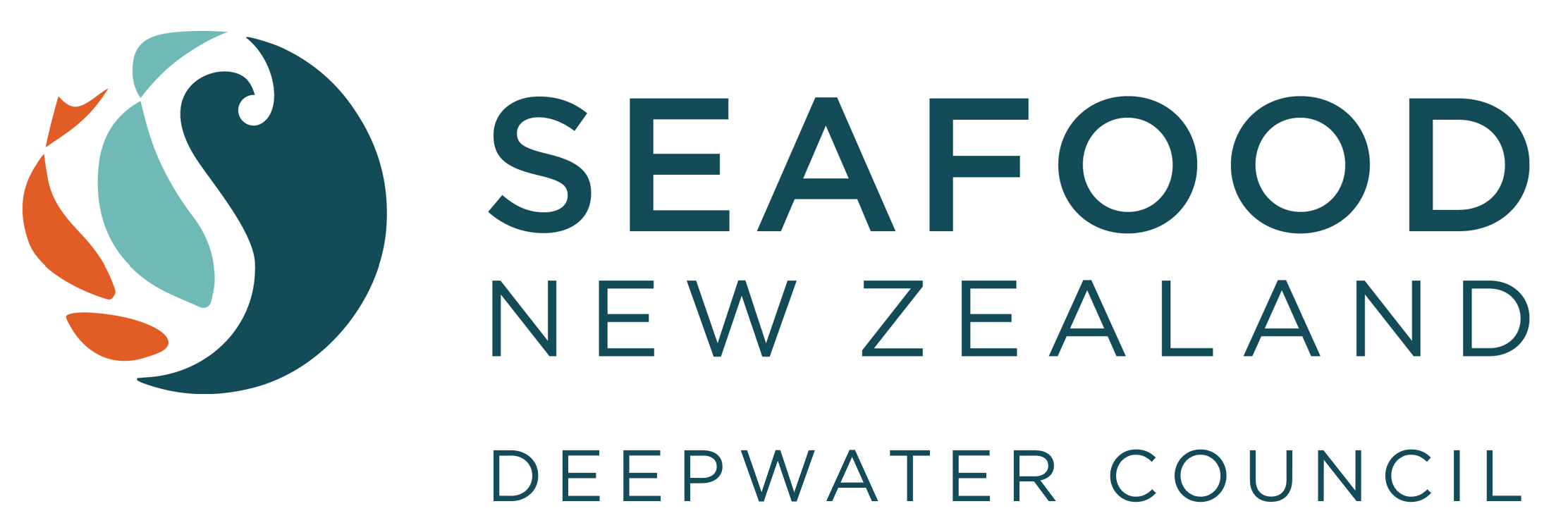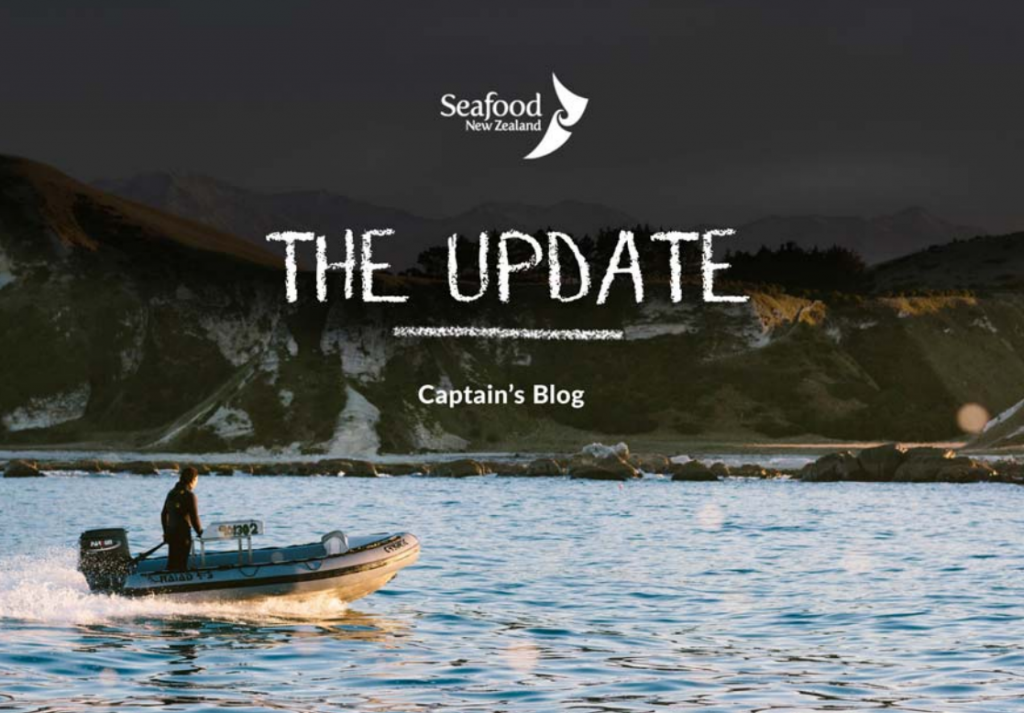New Zealand's deepwater fisheries - a success story
Reposted from Seafood New Zealand's "The Update - Captain's Blog" 30 April 2021
With misinformation on seafood at an all-time high right now, it is more important than ever to spread as widely as possible the truth about the sustainability of New Zealand fisheries and the environmental care that is going into protecting our marine space.
In this post-truth world, of course, there will still be some who reject facts and science in favour of Netflix misinformation, however, finding facts and science to back up the success and responsible nature of the New Zealand seafood industry is easy for those with a desire to search for them.
A new publication by DWG would be a good place to start.
There are some impressive statistics in the report: Towards a deeper understanding.

DWG is a non-profit group formed in 2005 to ensure the profitability and sustainability of New Zealand’s deepwater fisheries – and its achievements over the past 15 years have a heavy environmental focus.
Whilst the fishery contributes $1.8 billion to New Zealand’s economy and employs around 6,000 people, it is the strides DWG has made in minimising the environmental impacts on the marine realm that are worth acknowledging and celebrating.
Since the establishment of DWG, 31 percent, or 1.2 million km2 of our Exclusive Economic Zone (EEZ) has been closed to trawling and the number of large vessels has halved, but harvesting efficiencies mean the annual take has not changed, at around 350,000 tonnes.
The seafood industry’s constant efforts to reduce its environmental footprint are not often recognised, but when seen in one document are noteworthy and DWG’s strategic plan makes it quite clear it is a priority.
Since 2005, the number of albatross captures is down by 74 percent, sea lion captures have fallen 80 percent, fur seal captures have reduced 90 percent and common dolphin captures by deepwater vessels are down 99 percent.
A lot of money has been spent on science in the process; between quota owners and the government, $300 million to inform good decisions since 2005. The DWG alone has contracted 36 biomass surveys and other science projects, a direct investment of $20 million.
This ecosystem-based approach to fisheries management has put New Zealand’s deepwater fisheries in the top five percent of the world’s sustainable fisheries and, along the way has seen 19 fisheries certified sustainable by the Marine Stewardship Council.
This report is an easy read, accessible and well laid out document that should have a place in teaching resources all over the country.

